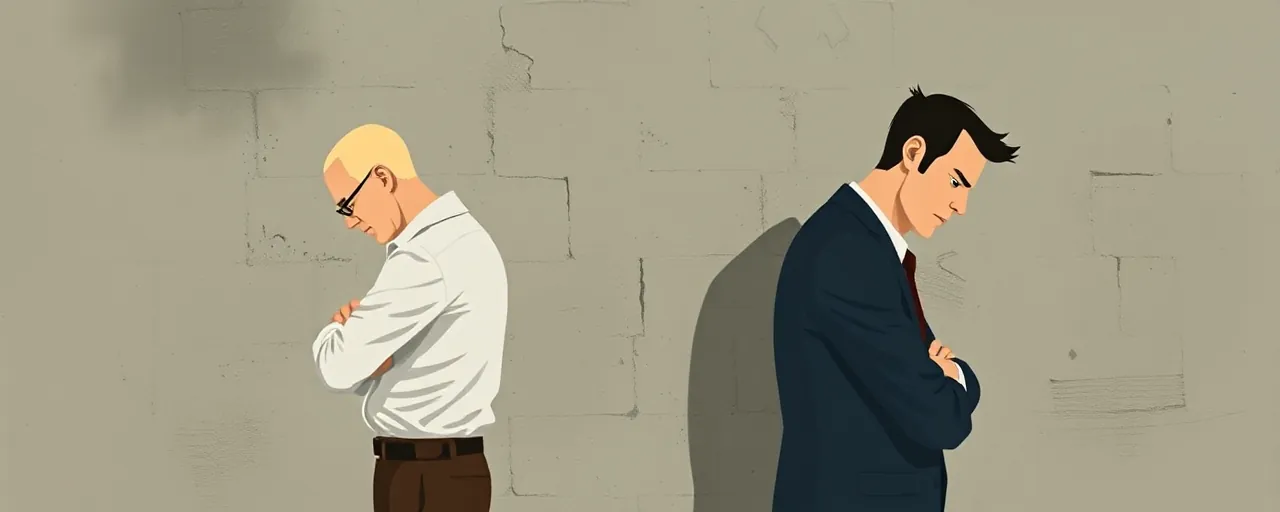A Bold Move in the Trade Game
The United States has fired a fresh salvo in its ongoing trade standoff with China, jacking up tariffs on Chinese goods to a hefty 125% starting April 10, 2025. This comes hot on the heels of China’s announcement of an 84% tariff on American imports, a tit-for-tat response that’s got markets buzzing. At the same time, the White House is hitting pause on steeper duties for over 75 other trading partners, slashing their rates to a flat 10% for the next 90 days. It’s a high-stakes gamble aimed at leveling the playing field, but the ripple effects could touch everyone from factory workers to grocery shoppers.
This latest twist stems from a series of executive orders kicking off earlier this month, sparked by a declared national emergency over the U.S.’s ballooning trade deficits. The administration argues these imbalances, fueled in part by China’s industrial policies, threaten national security and choke domestic manufacturing. Yet, the decision to ease up on most trading partners while doubling down on China signals a carrot-and-stick approach, rewarding nations willing to talk trade reciprocity and punishing those who push back.
Why Tariffs? The Deficit Dilemma
At the heart of this policy lies a persistent thorn in the U.S. economy: massive trade deficits. Last year alone, the U.S. ran surpluses with 116 countries but deficits with 114 others, with China topping the list. The White House contends that China’s state-driven manufacturing boom floods global markets with cheap goods, undercutting American producers. By cranking tariffs sky-high, the goal is to make Chinese imports pricier, nudging companies to bring jobs back home. Supporters say it’s a wake-up call for fairer trade; skeptics warn it’s a blunt tool that could backfire.
History offers a mixed bag on tariffs as a fix. Back in 1930, the Smoot-Hawley Act tried something similar and ended up fanning the flames of the Great Depression. Today’s economists point out that trade deficits aren’t just about unfair practices, they’re tied to deeper issues like consumer spending habits and currency values. Studies peg the hit to U.S. GDP at up to 0.9% this year, with household costs potentially climbing by $3,800 annually. Meanwhile, China’s counter-moves, like export curbs on rare earths, show this fight’s far from one-sided.
Winners, Losers, and the Global Shake-Up
For American manufacturers, this could mean a lifeline. Steel plants and textile mills might see a bump as imported goods get costlier, but it’s not all rosy. Industries relying on cheap Chinese parts, think electronics or machinery, face higher bills and slimmer margins. On the flip side, countries like Vietnam and Taiwan, often tapped as alternatives to China, catch a break with lighter tariffs, though their own rates have crept up lately. Consumers, though, might feel the pinch most, with experts forecasting a 2.3% price hike on everything from clothes to gadgets.
Globally, the fallout’s already rattling supply chains. Companies like Honey-Can-Do International have slashed reliance on Chinese suppliers, shifting to places like Vietnam, only to find new tariffs muddying the waters. Food prices are up 4.5%, apparel’s jumped 33%, and stock markets took a dive when the latest salvos landed. Voices from the World Trade Organization caution that this escalation could unravel decades of trade cooperation, while others argue it’s a overdue reckoning for nations gaming the system.
What’s Next for Trade Talks?
The 90-day tariff breather for most trading partners isn’t just a timeout, it’s a signal. Over 75 countries have stepped up to negotiate, hinting at a willingness to rethink lopsided trade deals. The White House sees this as proof the strategy’s working, a chance to forge alliances that bolster U.S. security and jobs. Yet, China’s digging in, and its latest tariff hike suggests a long haul ahead. Analysts say the real test comes in July, when the suspension lifts, will these talks bear fruit, or will the tariff war spread?
Looking back, trade spats have a knack for leaving scars. The U.S.-China clash has already pushed firms to hoard supplies and rethink lean operations, a shift that could stick. Advocates for free trade worry this fragments global markets into rival blocs, while supporters of the policy argue it’s a rare chance to reset a broken system. For everyday people, the stakes are tangible: will this mean more factory jobs down the road, or just steeper bills at the checkout? Time’s ticking to find out.
